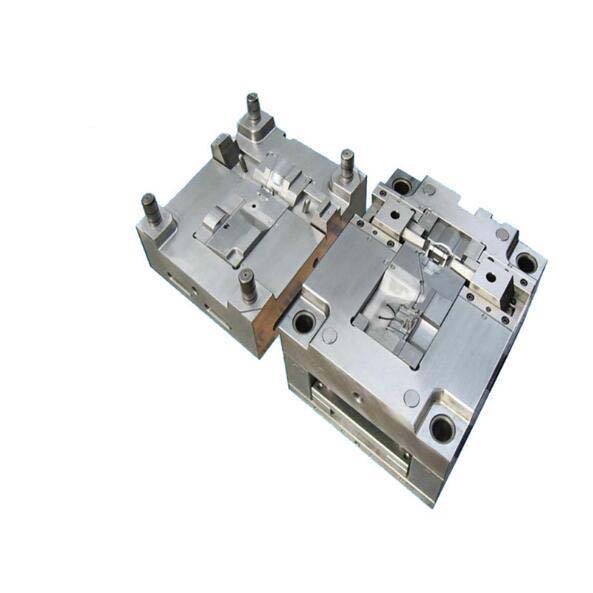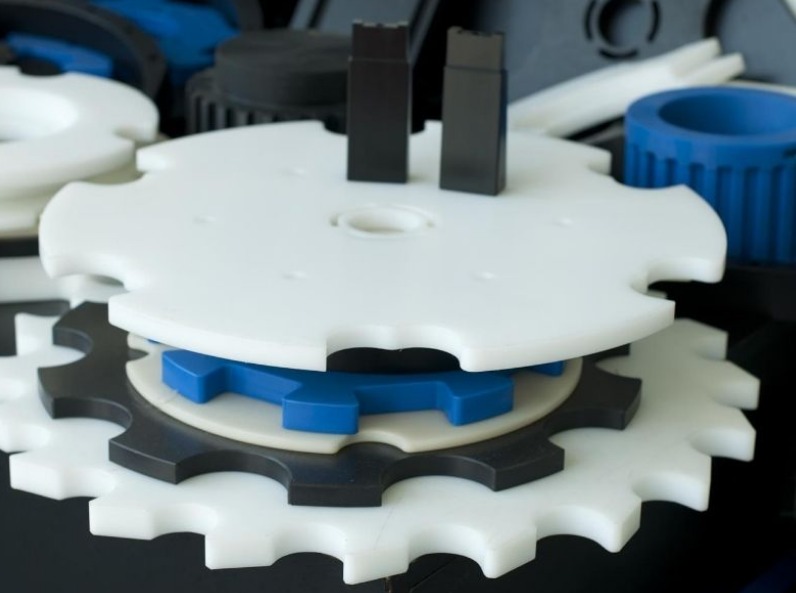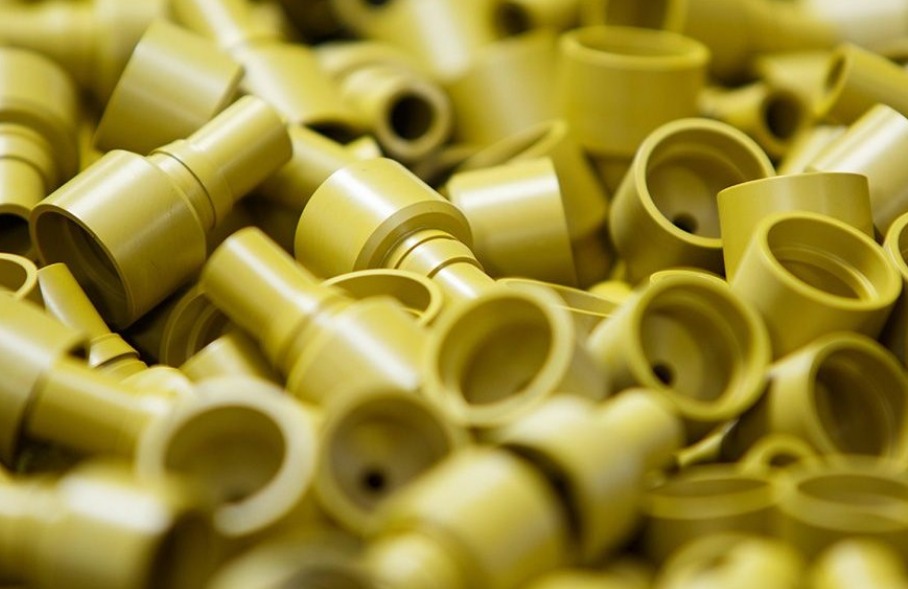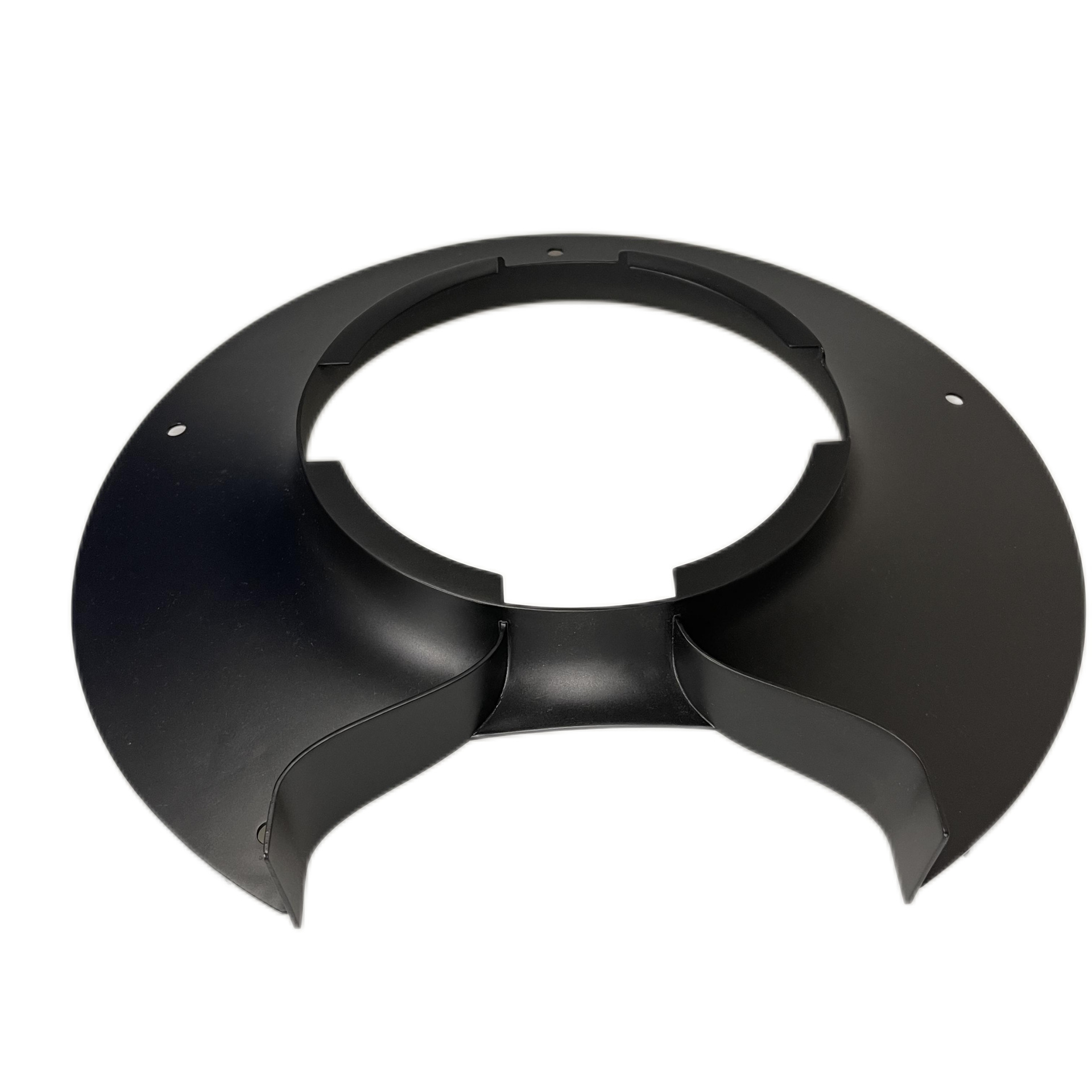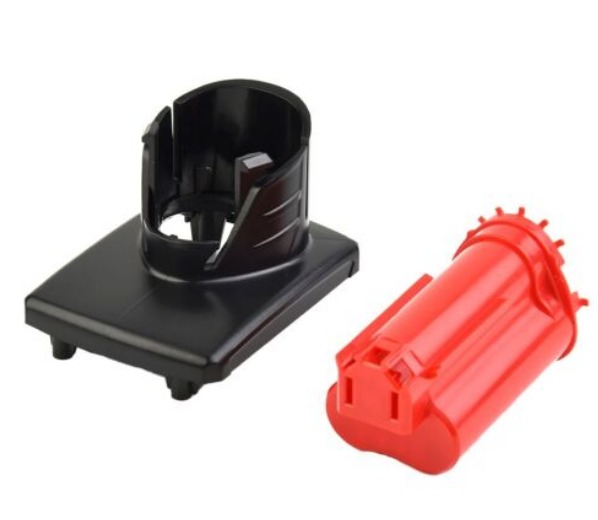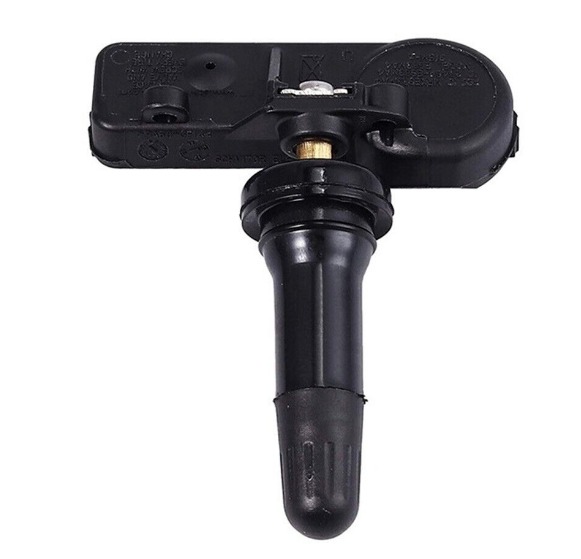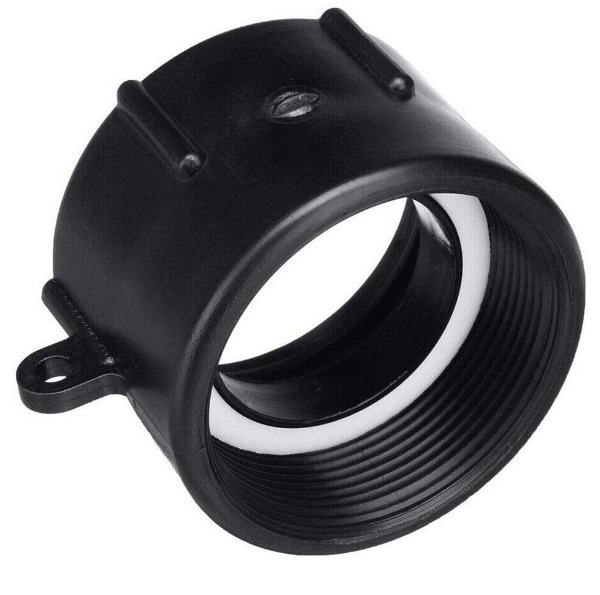Introduction
What is Weld Line in Injection Molding?
In injection molding, a weld line (also known as a Fusion wire is a visible or sometimes hidden line that forms on the surface or within the structure of an injection - molded part. It occurs when two or more streams of molten plastic meet and fuse together during the filling of the mold cavity.
During the injection molding process, the molten plastic is injected into the mold through one or more gate locations. When the plastic flows around obstacles such as inserts, ribs, or when multiple gates are used, the flow fronts of the plastic divide and then re - combine. However, due to factors like temperature differences, shear stress, and the presence of trapped air, the re - combination may not be perfect, resulting in a weld line. Visually, a weld line often appears as a fine line or a slightly different texture on the surface of the molded part. In some cases, especially when the weld line is severe, it may even present as a V - shaped groove.
Importance of Understanding Weld Lines
Understanding weld lines is crucial for several reasons:
- Mechanical Strength: Weld lines can significantly reduce the mechanical strength of an injection - molded part. Research shows that the strength at the weld line location is typically 40% - 95% of the strength of the surrounding plastic material. For example, in a part made of polypropylene (PP) that is used in an automotive interior component, if there is a weak weld line, it may fail prematurely under normal stress conditions, such as vibrations during vehicle operation. This is because the molecular orientation and bonding at the weld line are different from the rest of the part, making it a potential weak point.
- Aesthetic Appeal: In products where appearance matters, such as consumer electronics (e.g., mobile phone cases) or household appliances, weld lines can be a major drawback. A visible weld line on the surface of a sleek - designed product can make it look unappealing and of lower quality. Even in products where the weld line is not immediately obvious, it can still cause a difference in surface finish, which may be noticed upon close inspection.
- Product Functionality: In some applications, weld lines can affect the functionality of the product. For instance, in a plastic pipe used for fluid transportation, a weak weld line could lead to leakage over time, especially if the pipe is subjected to pressure. In medical devices, where high - quality and defect - free parts are essential, weld lines need to be carefully controlled to ensure the safety and effectiveness of the device.
Causes of Weld Lines
Understanding the causes of weld lines in injection molding is the first step towards effectively addressing and minimizing them. Here are the main factors contributing to the formation of weld lines:
1. Flow Pattern Interruption
During the injection molding process, the molten plastic flows into the mold cavity. However, when it encounters obstacles such as cores, inserts, or complex geometries in the mold, the flow of the plastic melt is disrupted. The plastic is forced to split into multiple streams to bypass these obstacles. For example, in a mold with a cylindrical core, the molten plastic will flow around the core, creating two separate flow fronts. As these flow fronts continue to move forward, they eventually meet and recombine. But due to the interruption in the flow pattern, the re - combination may not be seamless, resulting in a weld line. Research has shown that in parts with complex internal structures, the probability of significant weld lines increases by up to 30% compared to simple - shaped parts.
2. Temperature Variations
Temperature plays a crucial role in the formation of weld lines. Different regions within the mold cavity can have varying temperatures. If the mold has hot and cold spots, the molten plastic will cool at different rates as it flows. When two streams of plastic with different temperatures meet, their viscosity and flow characteristics are different. A colder plastic stream will have a higher viscosity and slower flow rate compared to a hotter one. This difference in properties makes it difficult for the two streams to merge smoothly. For instance, in a large - scale injection - molded product with uneven cooling channels in the mold, the areas near the cold channels will cause the plastic to cool faster. When the cooler plastic meets the warmer plastic during the filling process, a weld line is likely to form. Studies indicate that a temperature difference of more than 10°C between the two merging plastic streams can lead to a visible and potentially problematic weld line.
3. Material Properties
The properties of the plastic material itself have a significant impact on weld line formation. Viscosity, for example, affects how easily the plastic can flow and blend. High - viscosity plastics are more difficult to process and are more likely to form weld lines. A plastic with a high viscosity will flow more slowly and may not fully intermingle when the flow fronts meet. Crystallinity is another important factor. Crystalline plastics, such as polyethylene (PE) and polypropylene (PP), tend to form more distinct weld lines compared to amorphous plastics like polystyrene (PS). The crystallization process can cause the molecules to arrange in a more ordered manner, which can result in a less - than - perfect bond at the weld line. In a study comparing the weld line strength of crystalline and amorphous plastics, it was found that the weld line strength of crystalline plastics was on average 20% lower than that of amorphous plastics under the same processing conditions.
4. Injection Speed and Pressure
The injection speed and pressure also contribute to weld line formation. If the injection speed is too slow, the plastic melt may cool down significantly before reaching the far - end of the mold cavity. When the slower - moving, cooler plastic meets other streams of plastic, it can lead to the formation of a weld line. On the other hand, if the injection speed is too fast, it can cause turbulence in the plastic flow. This turbulence can disrupt the normal flow pattern and increase the likelihood of weld lines. Injection pressure also matters. Insufficient injection pressure may not be enough to force the plastic melt to flow smoothly around obstacles and fill the mold cavity completely, leading to weak welds. Conversely, overly high injection pressure can cause the plastic to flow too forcefully, which can also result in an uneven flow and potential weld line formation. A recent experiment showed that when the injection speed was increased by 50% beyond the optimal level, the number of visible weld lines in the molded parts doubled.
Solutions to Weld Lines
Now that we have a clear understanding of the causes of weld lines in injection molding, let's explore some effective solutions to minimize or eliminate them.
1. Mold Design Optimization
- Gate Position and Number Adjustment: The gate is the point where the molten plastic enters the mold cavity. Incorrect gate positions can lead to complex flow patterns and increased chances of weld lines. By using simulation software like Moldflow, engineers can analyze the plastic flow within the mold and determine the optimal gate locations. For example, in a part with a large, flat surface, a single gate at one corner may cause long - distance flow and multiple weld lines. Instead, using multiple evenly - distributed gates can reduce the flow distance and the likelihood of weld lines. In a study of a rectangular plastic panel, when the number of gates was increased from one to three, the number of visible weld lines decreased by 60%.
- Ventilation Groove Addition: Trapped air in the mold cavity is a major contributor to weld lines. Adding ventilation grooves, also known as vents, in the mold can help to solve this problem. Vents allow the air to escape as the molten plastic fills the cavity, ensuring that the plastic can flow smoothly and merge properly. Vents are typically placed at the areas where the plastic flow fronts meet, such as near inserts or at the end of long flow paths. The width and depth of the vents need to be carefully designed to prevent plastic leakage while effectively allowing air to escape. A well - designed vent system can increase the weld line strength by up to 30% according to industry - related tests.
2. Process Parameter Adjustment
- Injection Speed and Pressure: Adjusting the injection speed can have a significant impact on weld lines. A slow injection speed may cause the plastic to cool down too much before reaching the end of the mold cavity, resulting in a weak weld line. Increasing the injection speed can ensure that the plastic streams meet while they are still hot and have good flowability. However, if the injection speed is too high, it can cause turbulence in the plastic flow, which may also lead to weld lines. So, finding the right balance is crucial. Similarly, injection pressure needs to be optimized. Insufficient pressure may not force the plastic to flow around obstacles and fill the cavity completely, while excessive pressure can cause other problems like flash. For a specific plastic material, an increase in injection pressure from 80 MPa to 100 MPa can sometimes reduce the weld line width by 20%, but it should be combined with appropriate speed adjustments.
- Temperature Control: Both the melt temperature and the mold temperature play important roles. Increasing the melt temperature can reduce the viscosity of the plastic, making it flow more easily and improving the fusion at the weld line. However, if the melt temperature is too high, it can cause material degradation. The mold temperature also affects the cooling rate of the plastic. A higher mold temperature can keep the plastic molten for a longer time, allowing the flow fronts to merge better. For example, in a case where the mold temperature was increased from 40°C to 60°C for a polycarbonate part, the weld line became less visible, and the mechanical strength at the weld line increased by 15%.
3. Material Selection and Modification
- Plastic Material Selection: Different plastic materials have different properties, and some are more prone to weld line formation than others. Amorphous plastics generally have better weld line strength compared to crystalline plastics. For applications where weld lines are a major concern, choosing an amorphous plastic like polystyrene (PS) or acrylonitrile - butadiene - styrene (ABS) may be a better option. Additionally, materials with high flowability can reduce the chances of weld lines. High - flow - grade plastics can flow more easily around obstacles in the mold and merge more smoothly at the weld line. For instance, when comparing a standard - flow and a high - flow grade of polyethylene, the high - flow grade showed 30% less visible weld lines in the same injection - molding process.
- Additive Incorporation: Adding certain additives to the plastic material can improve its properties and reduce weld lines. Lubricants, for example, can reduce the viscosity of the plastic, enhancing its flowability. This allows the plastic to flow more evenly and merge better at the weld line. Nucleating agents can also be added to crystalline plastics. These agents promote the formation of smaller and more numerous crystals, which can improve the weld line strength. A study found that when a nucleating agent was added to a polypropylene material, the weld line strength increased by 25%.
Yigu Technology's View
As a non - standard plastic metal products custom Supplier, Yigu Technology has rich experience in dealing with weld lines in injection molding. In our daily production, we have encountered various challenges related to weld lines. We firmly believe that a comprehensive approach is essential to solve this problem.
During mold design, we make full use of simulation software to accurately analyze the plastic flow and optimize gate positions. We also pay great attention to adding appropriate ventilation grooves to ensure smooth air escape. In terms of process parameter adjustment, we have a professional team to carefully monitor and adjust injection speed, pressure, and temperature according to different materials and product requirements.
For material selection, we work closely with reliable suppliers to choose the most suitable plastic materials. In some cases, we also incorporate additives based on specific needs. Through these measures, we have successfully reduced the impact of weld lines and improved the quality of our products, meeting the high - quality demands of our customers.
